Distilled Agave isn’t always Tequila
The agave plant has been tranformed into an adult beverage by the natives of Mexico for thousands of years. Fermented agave dated to 200 AD has been found in Cholula, a Puebla settlement southeast of Mexico City. Today the agave plant is distilled into spirits with many names in Mexico. The best known is Tequila, named for the town of Tequila in the state of Jalisco. But just as all whiskeys are not scotch or bourbon, not all distilled agave is tequila. We set out to visit a distillery for one of these. It’s called Raicilla.
Up the Estuary we go
To get to the distillery we first braved the estuary..
We met at Honu, Mike and Judy’s Island Packet 38, at 10am. All tallied, there were 13 cruisers in 5 dinghys:
- John and Donna from Carmanah
- Tom and Helen from Catitude
- Mike and Judy from Honu
- Joe and Jamie from Sherpa
- Steve and Janet from Southern Cross and
- Marshall from Tenacity.
The estuary entrance has a lot of shoaling that must be navigated carefully or you’ll be aground faster than a flying turkey thrown from a helicopter at a Thanksgiving mall promo. We crossed into the estuary at high tide dodging the breaking surf. We were the third boat in and once past the surf, we had to move fast to catch up. John and Donna were in the lead. Their boat Carmanah is a racing boat. John and Donna don’t go anywhere slow.
The estuary is lined with mangroves that conceal crabs near the water and birds in the branches. We saw no crocodiles but they do inhabit all the other estuaries in the area.
With or without crocodiles I had no urge to discover what lurked under the surface. I had images in my head of a guy covered in leeches, wearing a fedora and pulling a launch occupied by an umbrella toting lady in a full length dress. And as much as I would do anything to make Nancy’s life easier, I’m happy to be pushed along by a modern outboard instead of the cranky steam engine Rose and Charlie had on the African Queen.
Uri
At the end of the estuary, we pulled the dinghies on shore and walked to a beach on the bay side where we were met by Pancho who loaded us into his van and drove us a couple miles to the distillery.
The distillery is… rustic. It does the job but like a lot of facilities in Mexico only functionally necessary items are maintained.
At the entrance we were greeted by Uri, a Lilac Crested Amazon Parrot. Nancy and I pet-sitted a Lilac Crested Amazon when we were in college. His name was Steve. Steve was neurotic. We were a little neurotic about getting near Uri, but Uri turned out to be amazingly not neurotic. I can’t say we became fast friends but Uri was well behaved and seemed used to the idea of regular gringo visits.
Booze School is Now in Session
Pancho took us into a small “class room” and over the next hour taught us In Spanish the ins and outs of Raicilla. Fortunately for us, Donna from Carmanah speaks pretty good Spanish and was able to serve as translator.
The agave was a sacred plant in pre-Spain Mexico, and had a privileged position in religious rituals, mythology and the economy. Cooking of the “piña” or heart of the agave and fermenting its juice was practiced. The fermented juice is called Pulque (pool-kay) and is still around today. Nancy and I were offered pulque when we were in Cholula southeast of Mexico City in 2018. We had no idea at the time what it was and declined. I wish we hadn’t.
When the Spanish arrived in 1521 to begin the process of “saving” the Aztecs and the Incas, they tried pulque but found it too weak. Being familiar with distillation processes, the Spanish proceeded to distill pulque into a much stronger spirit now known as mezcal.
Raicilla is mezcal. So is Tequila, Soto and Bacanora. But they’re all slightly different and not for the reasons you think. Though mezcal was invented by the Spanish, the Spanish decided mezcal was not leading the King’s new subjects into sainthood, so along with digging up and carting away anything of value, the Spanish attempted some social engineering to curb mezcal consumption. And what better way is there for an overlord to modify behavior than taxes. So tax the mezcal they did.
But the poor natives living in the mountains of southern Jalisco were living at subsistence level and couldn’t afford their overlord’s new taxes. So just like today, they found a loophole. By cooking their agave a little differently they changed the mezcal giving it a more smokey flavor. And since it didn’t taste like the mezcal everyone else made they claimed it wasn’t mezcal. Hence Raicilla was born of a tax dodge. If you’re wondering, Soto comes from Chihuahua and Bacanora comes from Sonora. They are also mezcal tax dodges.
Teacher, leave them kids alone!
After the lecture portion we moved on to the lab exercise. The distillery produces four products: Raicilla Blanco, Raicilla Añejo, and two liqueurs made from Raicilla, a Blackberry Liqueur and a Tamarind Liqueur. They claim the spirits, Blanco and Añejo are aged 19 years. Our tasting was dipped out of a very old and dusty looking cask. That might have been for show. Information I’ve unearthed (OK, Googled) about mezcal indicates Añejo is normally aged 3 to 4 years. Either way it had a smooth and smokey taste. While I won’t name names, a few members of the group had trouble with the lab and had to repeat it several times.
After the tasting we were of course offered the opportunity to buy these rare spirits. Since we probably won’t be back, we bought the Añejo, and one each of the liqueurs. As of this writing, all three are unopened, but I don’t think that’ll last long.
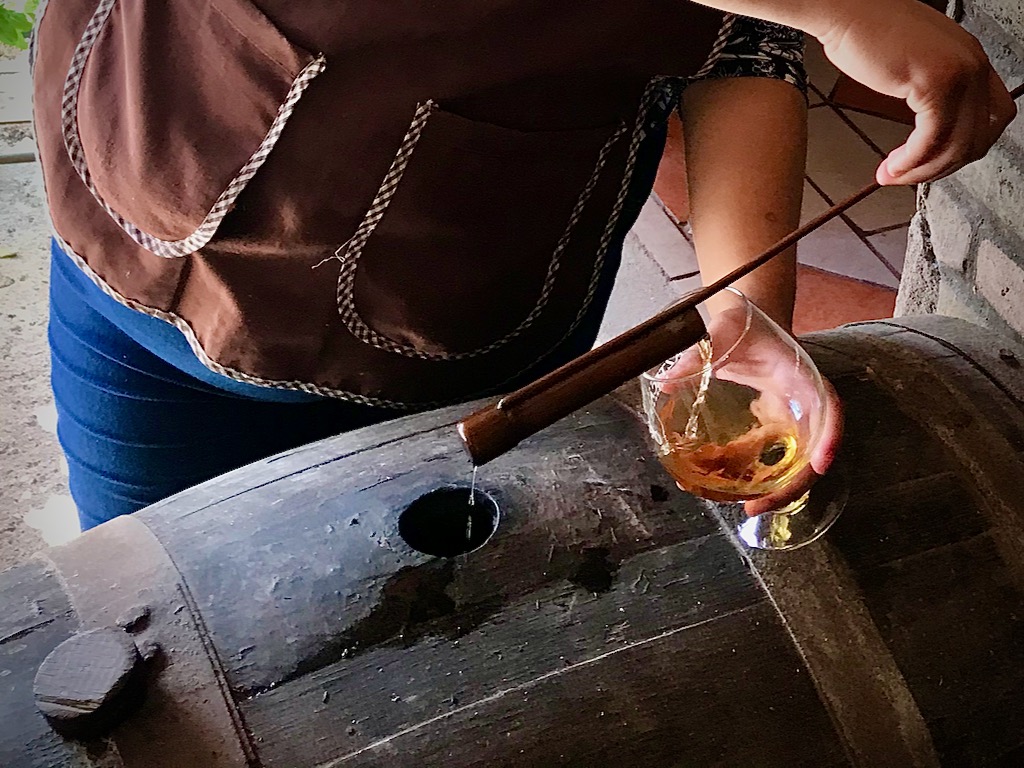
Following the tasting and the cruisers-gone-wild shopping spree, we sat down to lunch at a small restaurant in the distillery. I can’t remember what I had, and I don’t think it was remarkable, but next to me Tom on SV Catitude ordered a fish plate. I took a picture of it. When I got back to Karvi, I studied the picture and it hit me those fish were Sergeant Majors! Sergeant Majors are tropical fish common all over the world. I’ve seen thousands of Sergant Majors in my diving and snorkeling and the thought of eating them strikes me like eating parakeets. I didn’t ask Tom how it tasted and I really hope Uri isn’t next on the menu.
Ever been to a distillery? Let me know about your experience. Leave a comment.
All comments are moderated manually. If you don’t see your comment for awhile, please be patient we may be at sea.

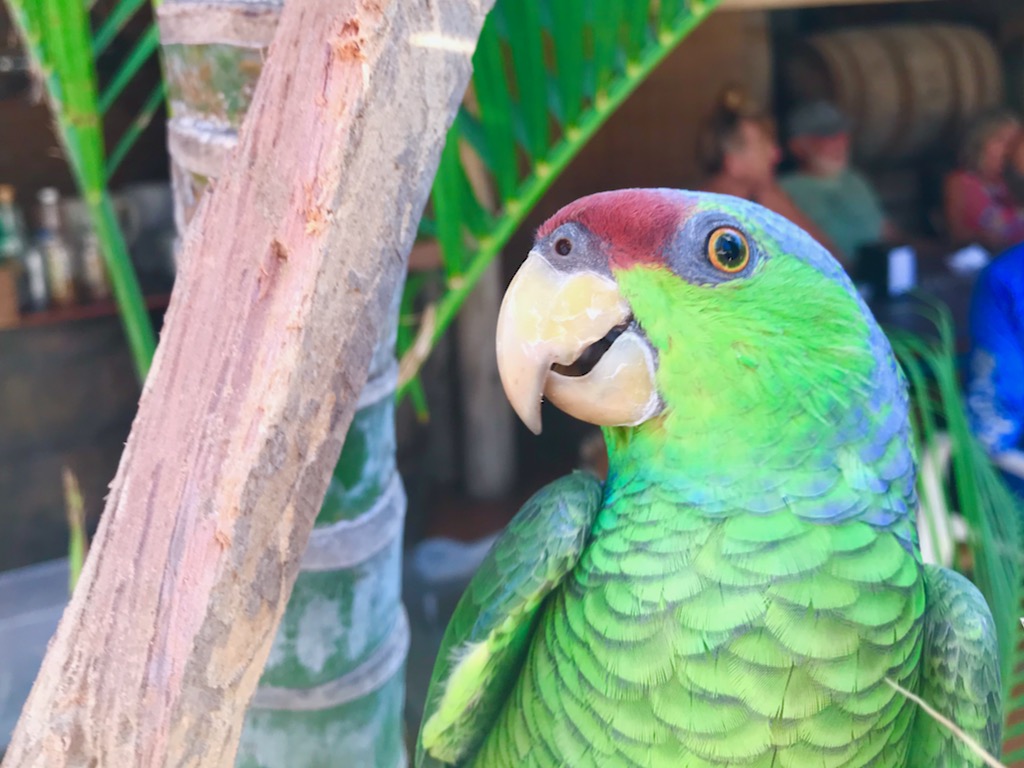
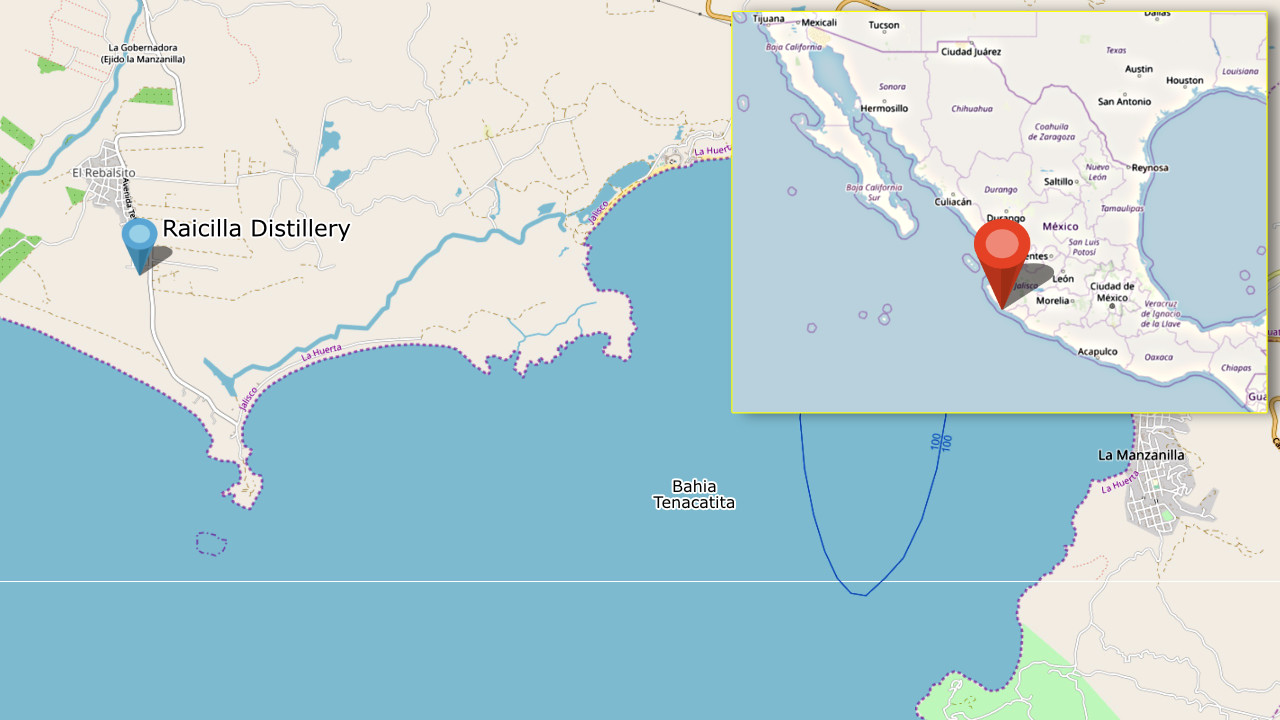
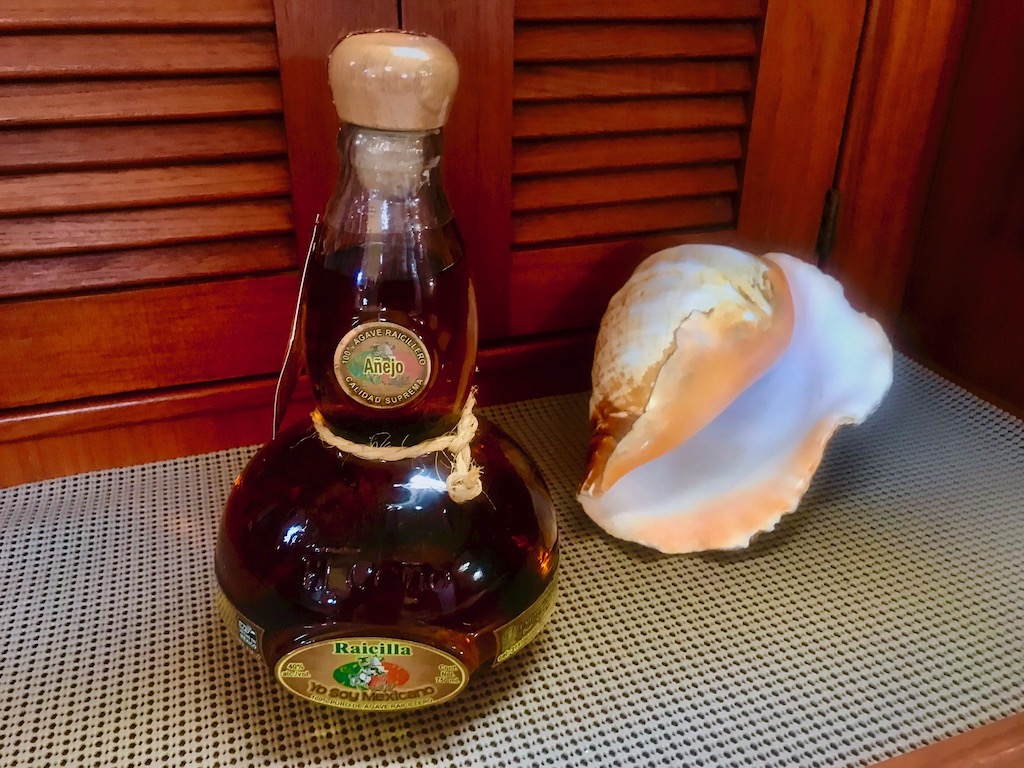
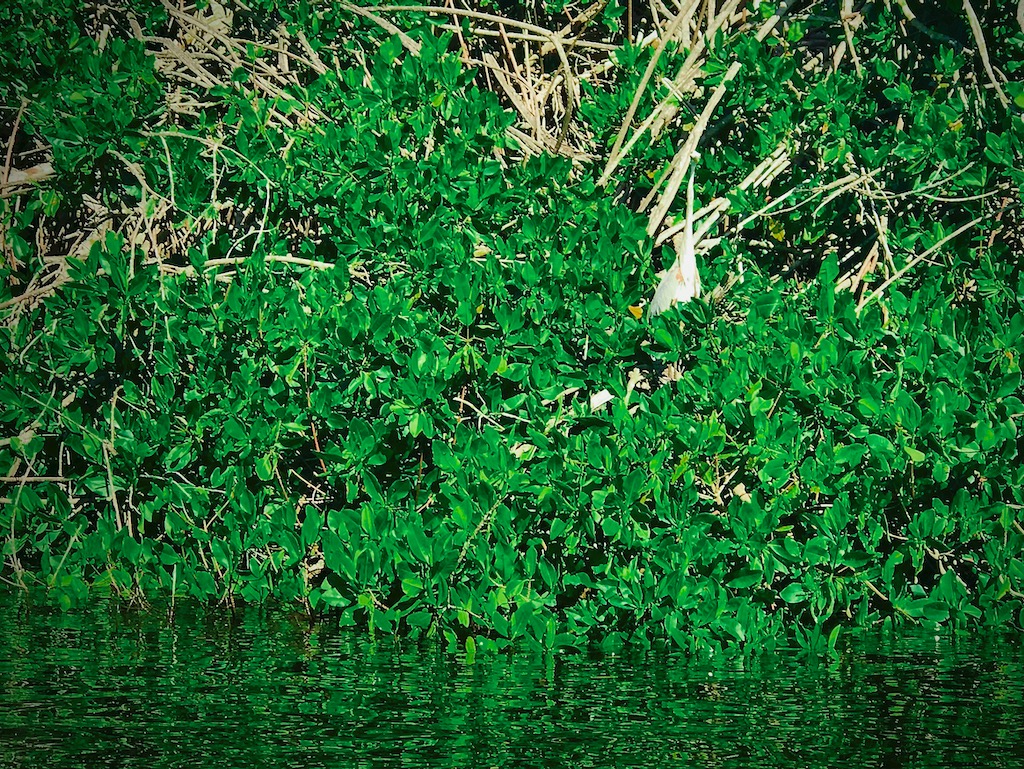
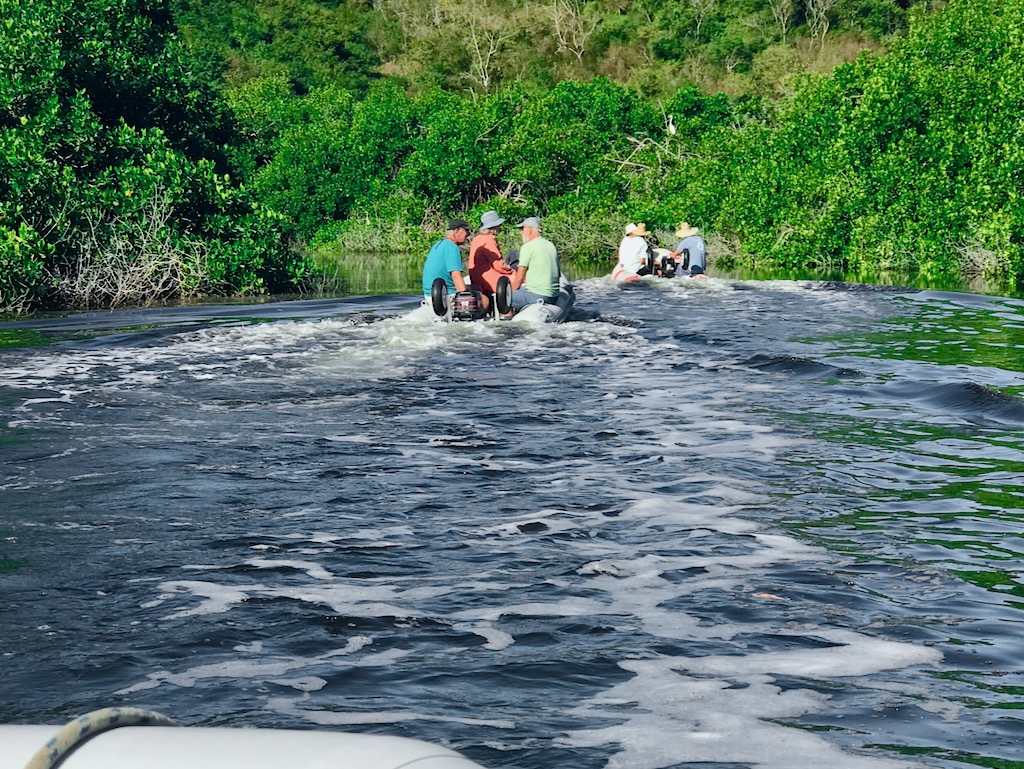
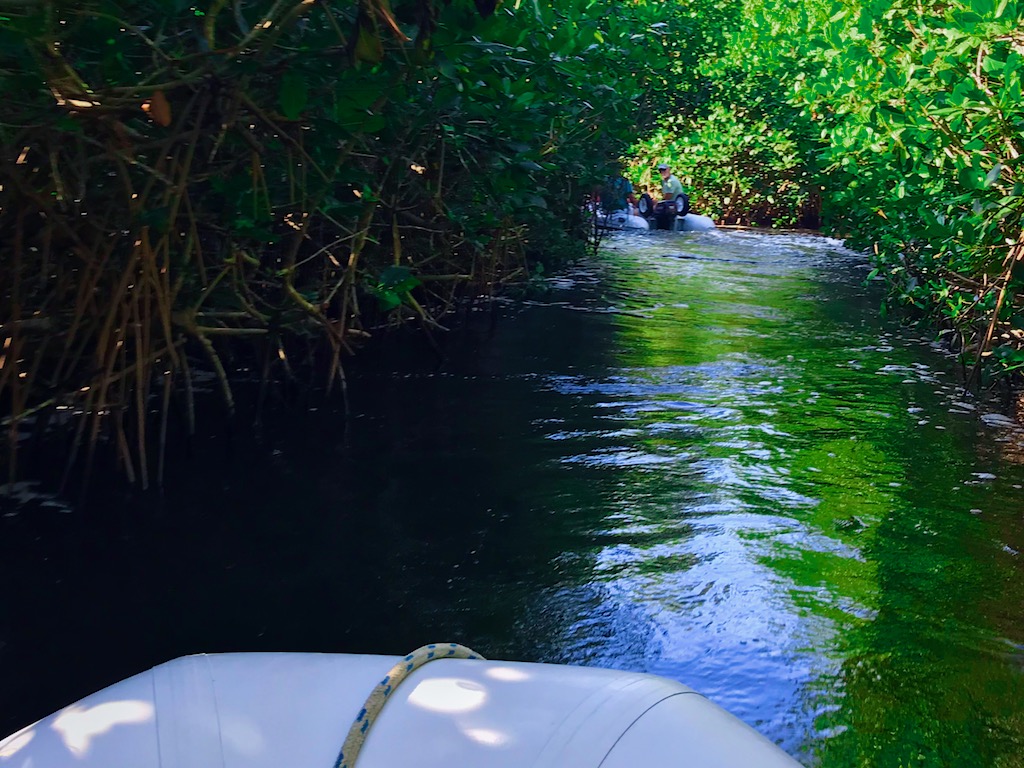
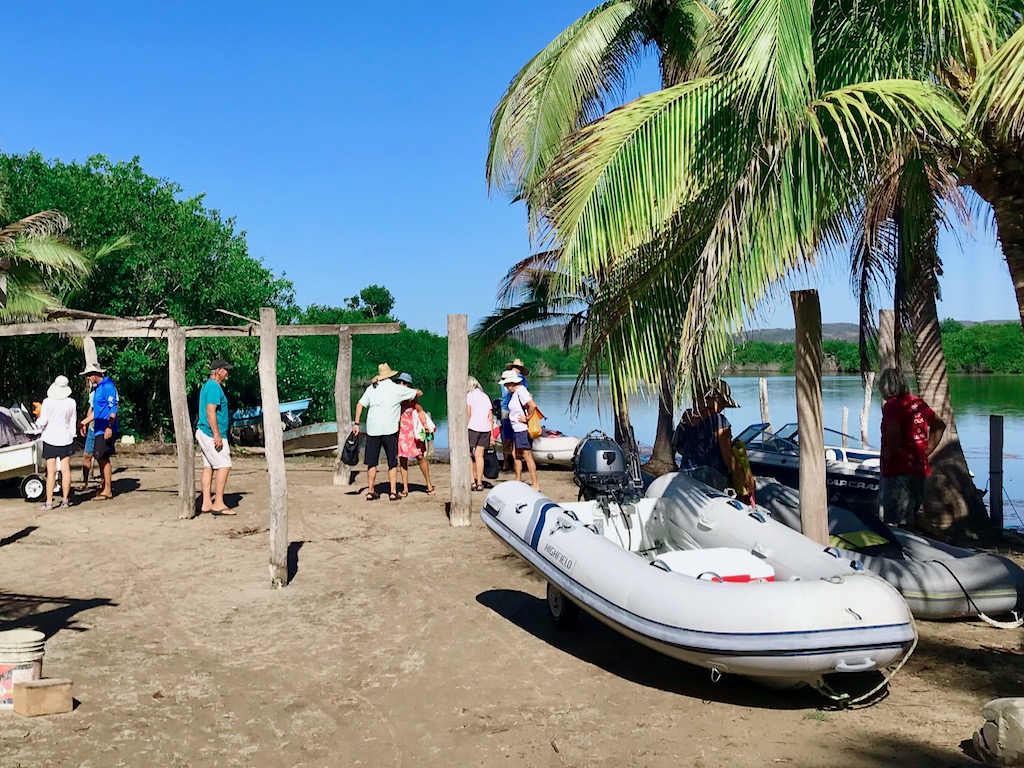
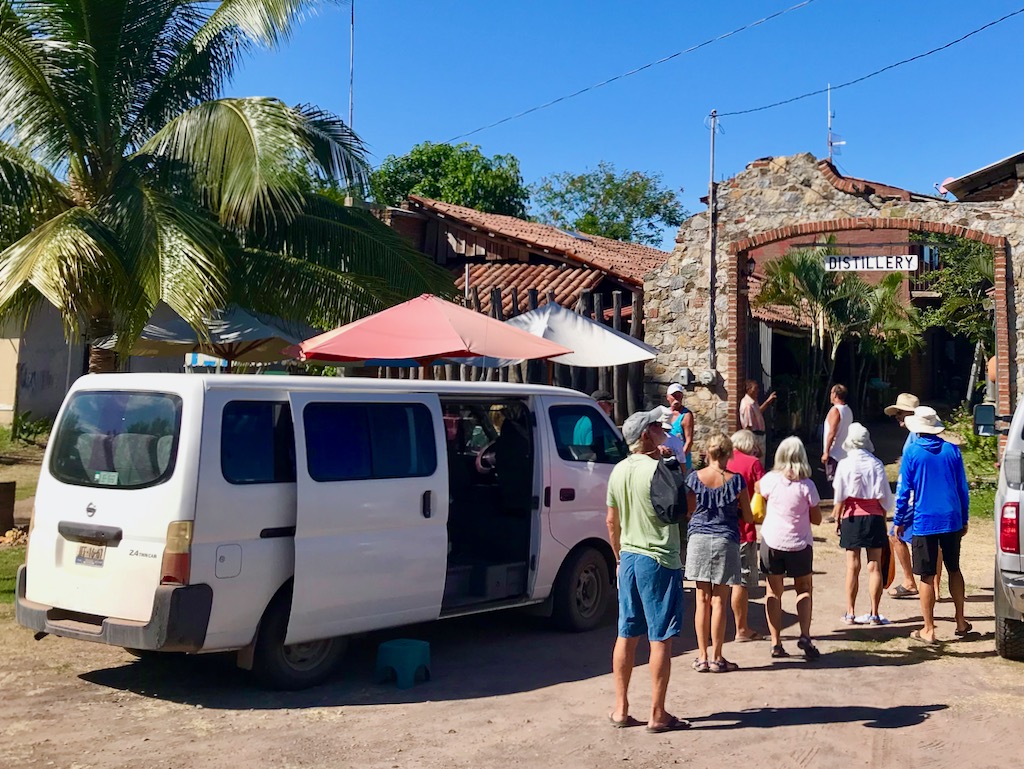
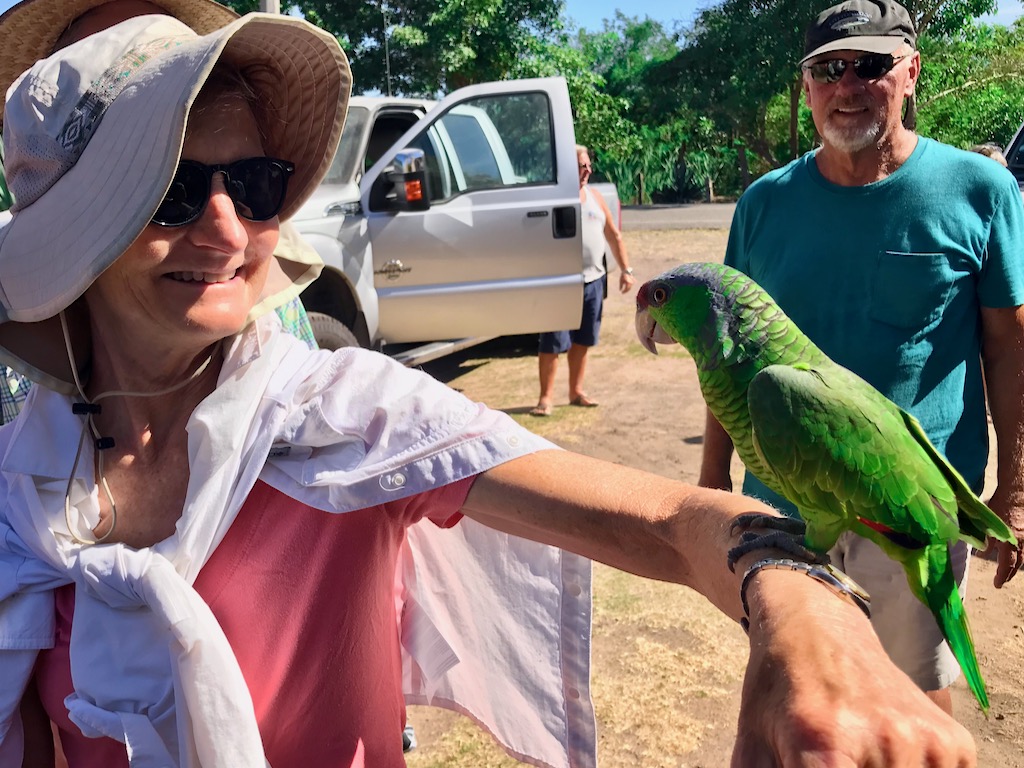
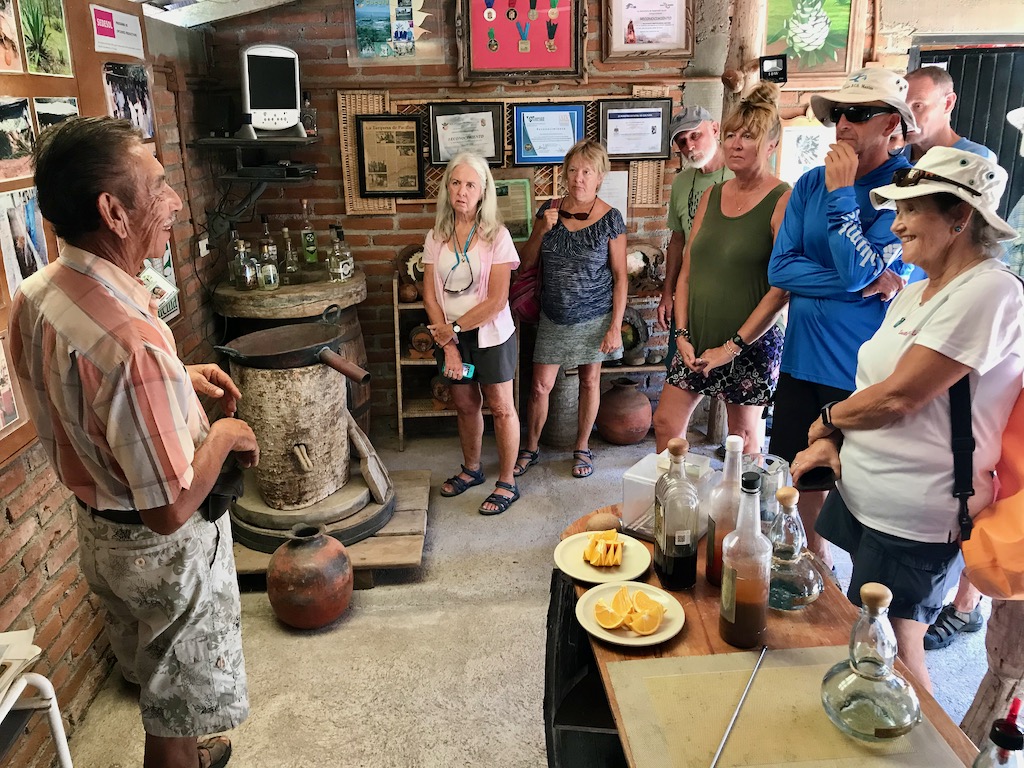
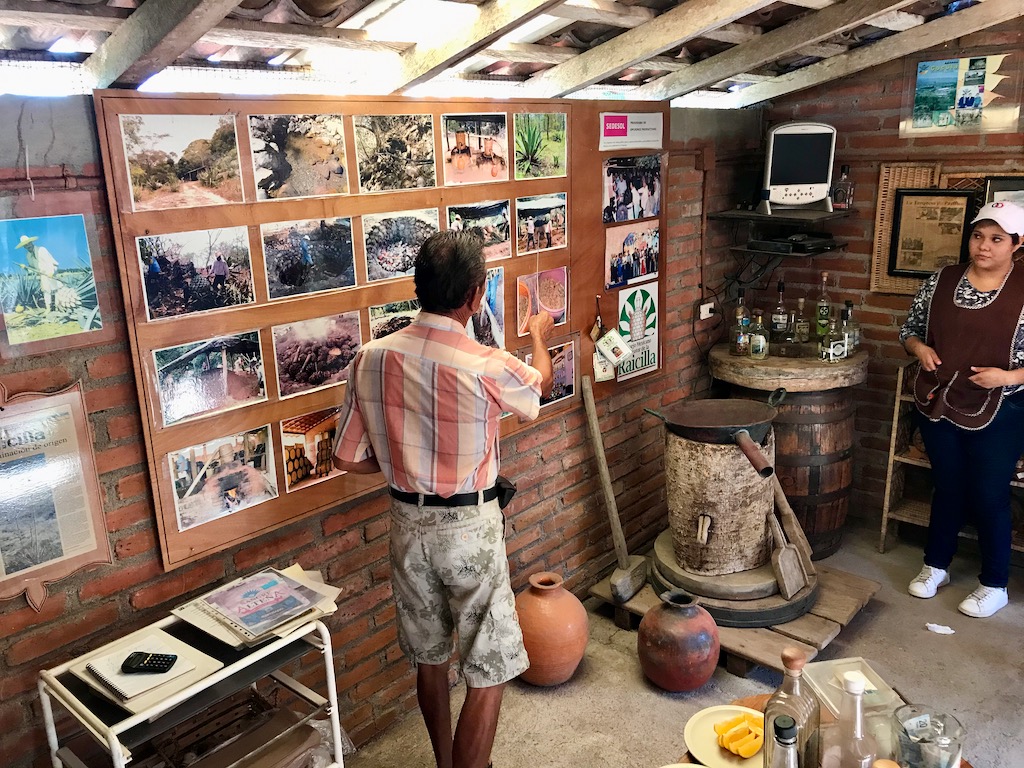
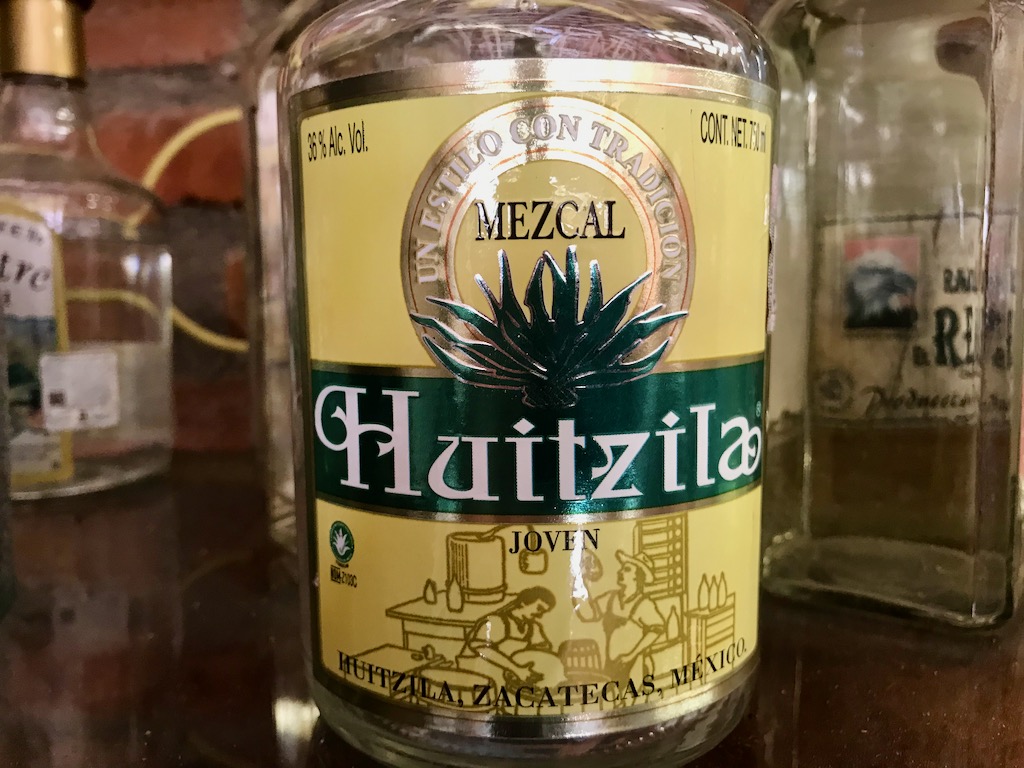
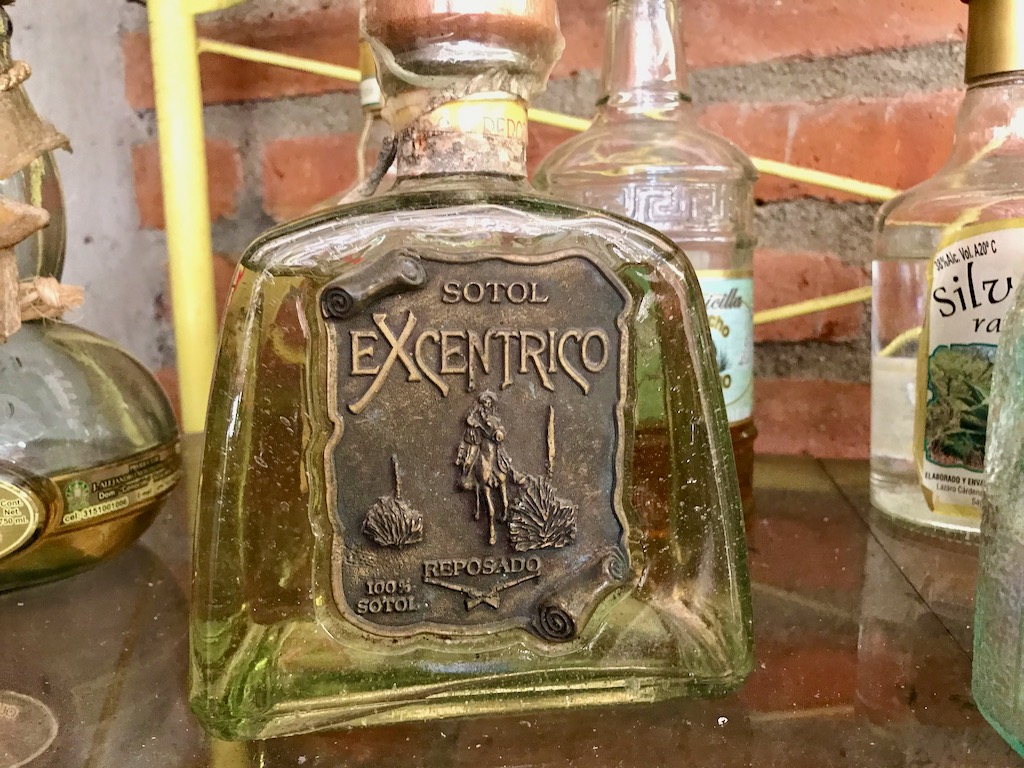
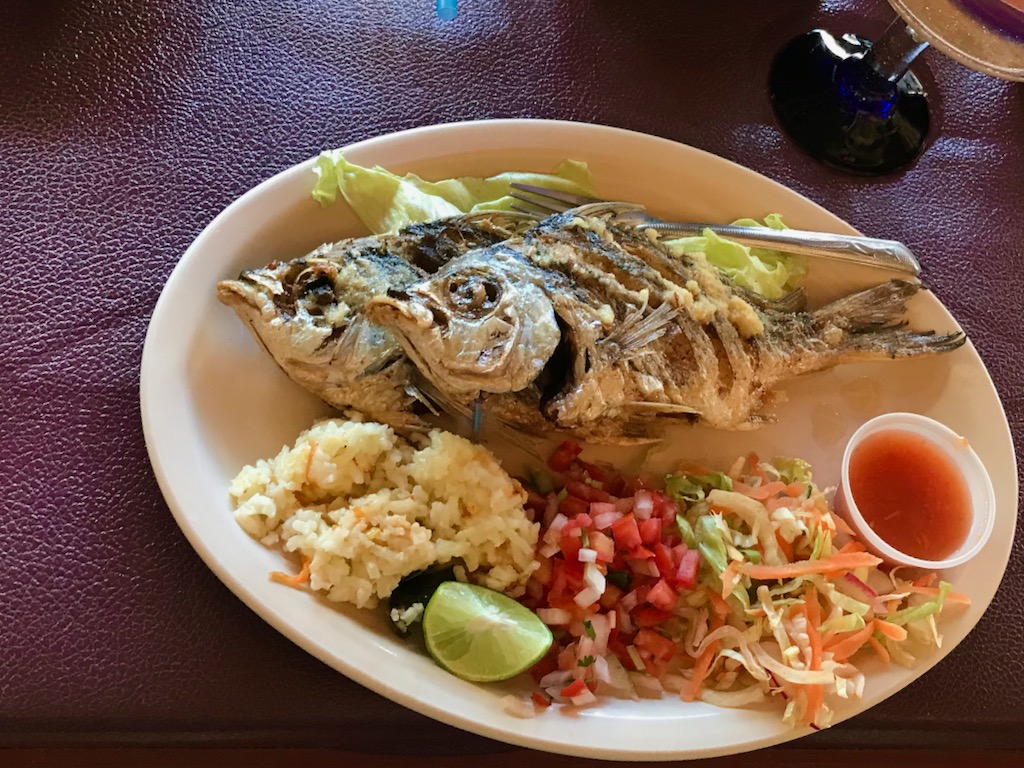
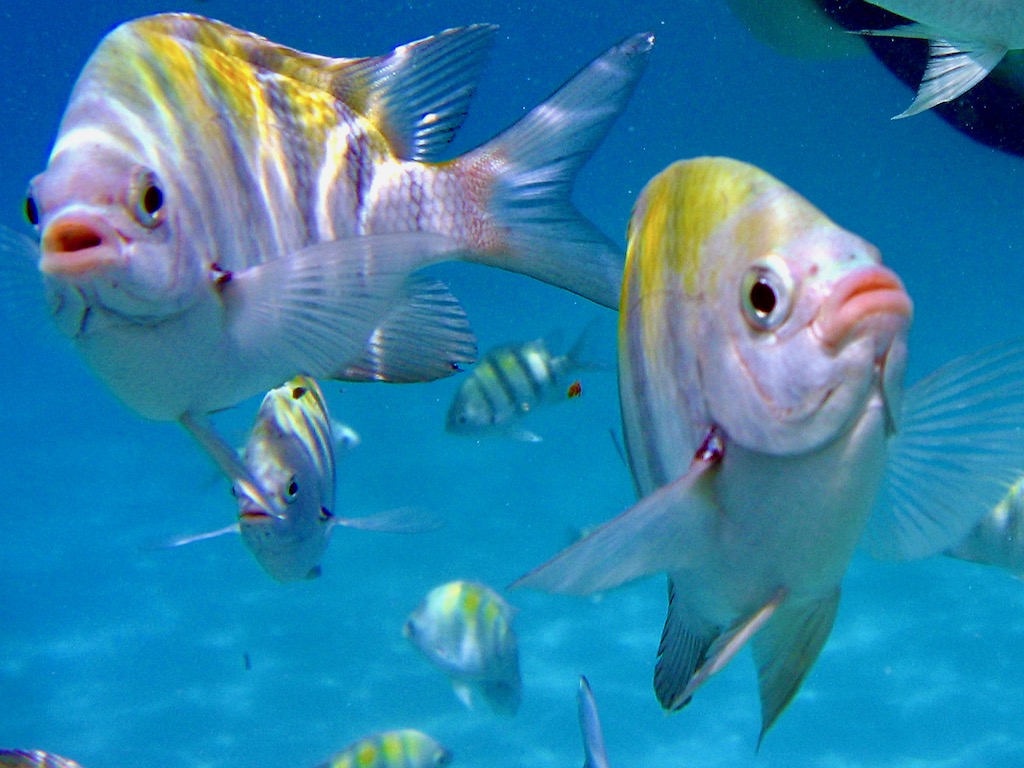

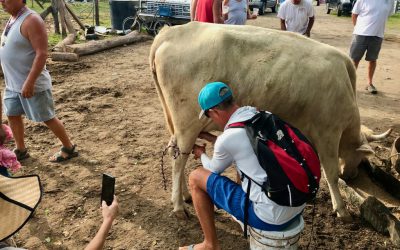
0 Comments